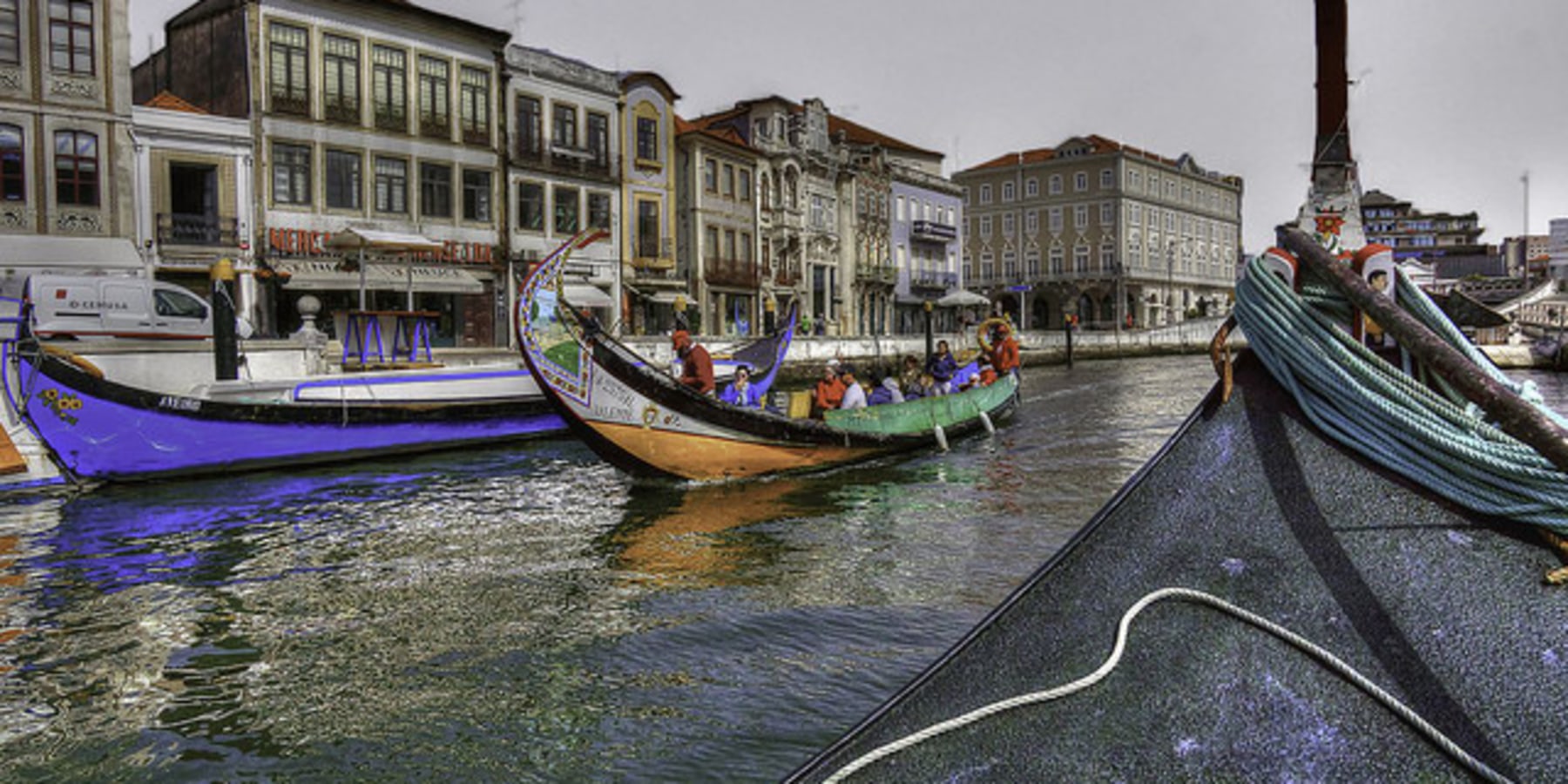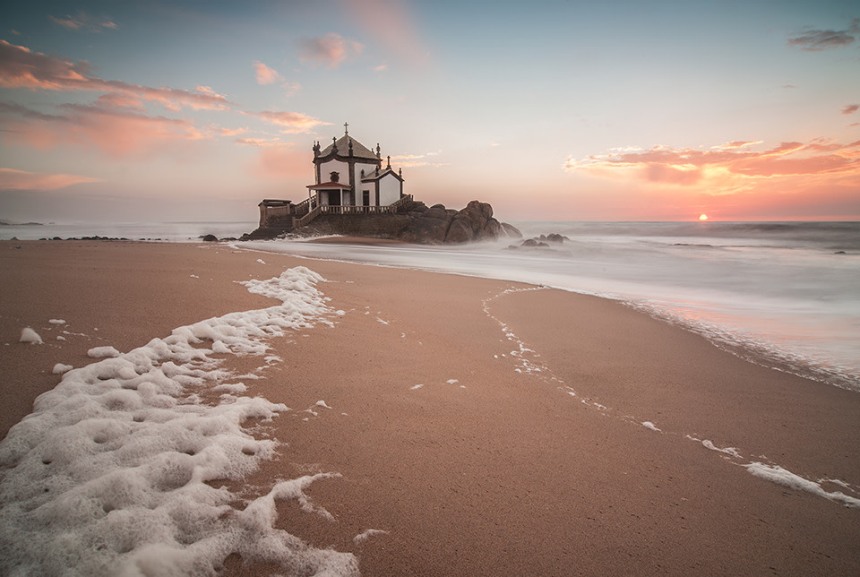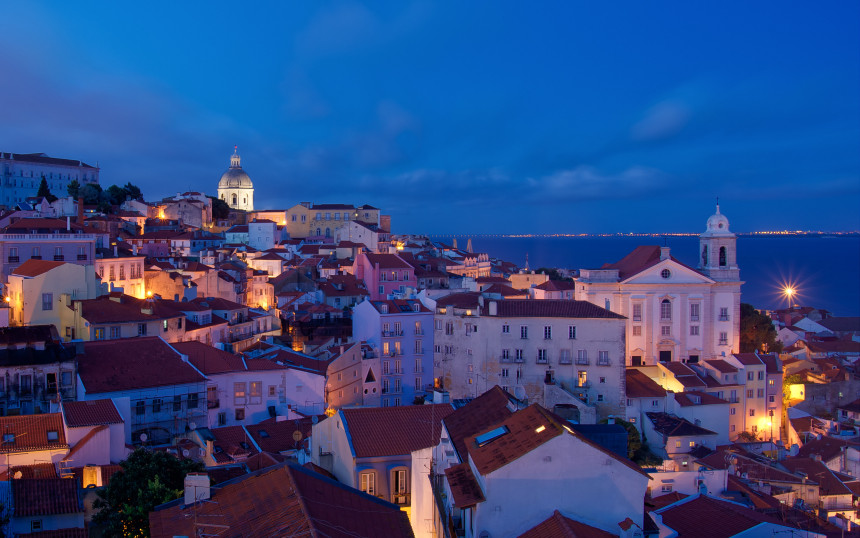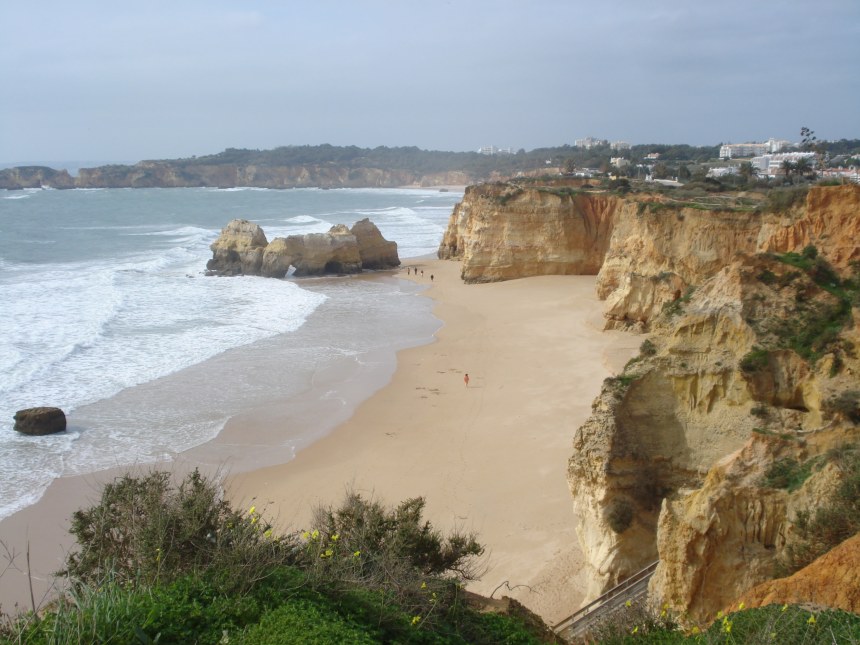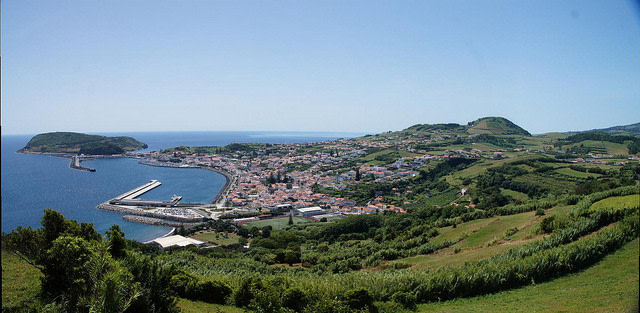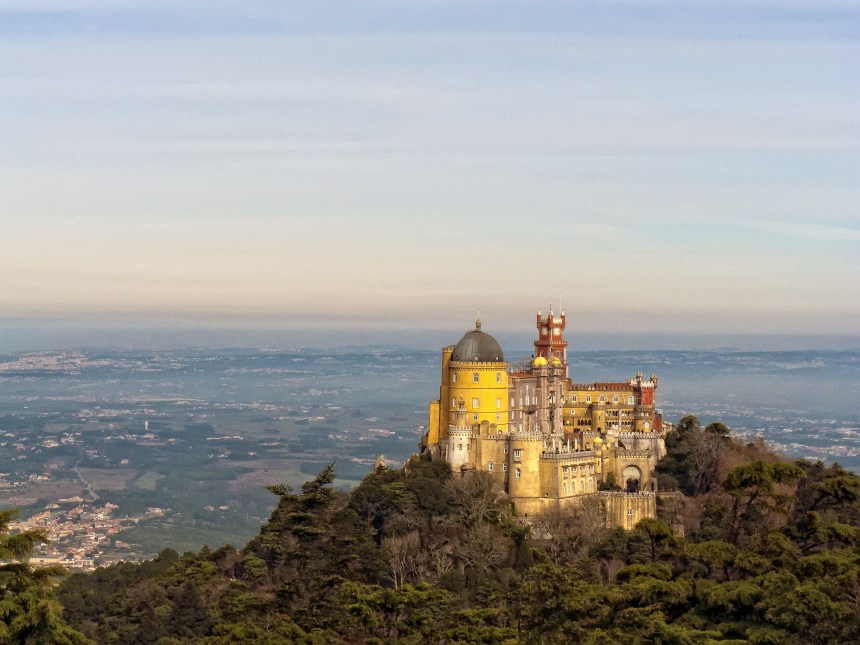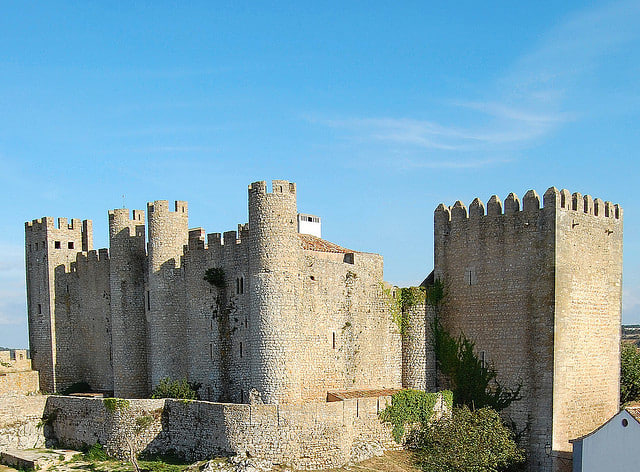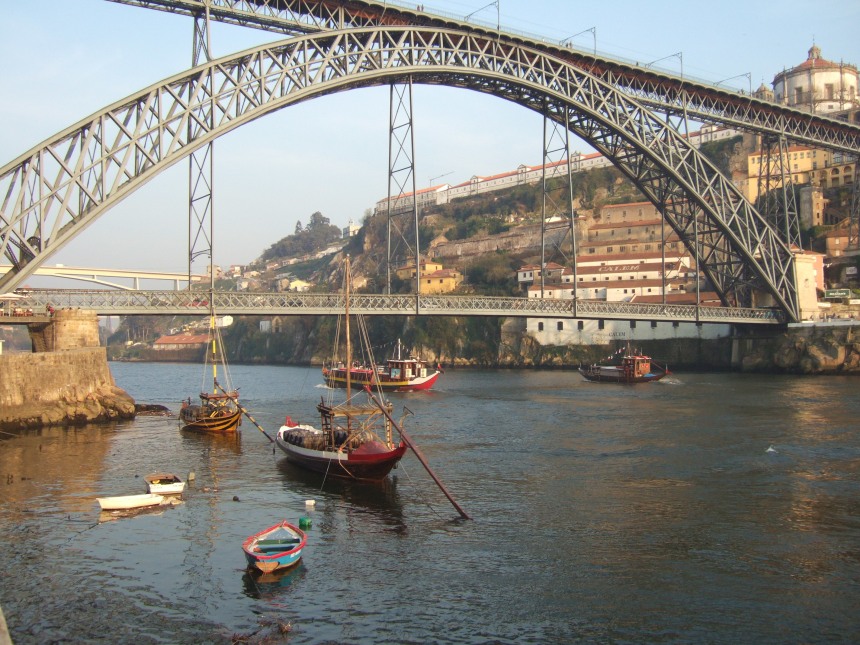| 7 mins read
By Jennifer Mullen
If Portugal was a person he would come from a long line of seafarers, having been one of the first European countries to set out and try to claim new lands in the name of the Crown. In fact, the first pirate code was invented by a Portuguese buccaneer Bartolomeu Português in the 17th century. Portugal would be highly sociable and a great communicator; after all the language is the official tongue of no less than 9 countries and 230 million people around the globe. A perfect balance of city chic and wild natural good looks, many people would love to relax with Portugal on one of his golden beaches, as he regales them with tales of his swashbuckling history.
Capital Chic
Lisbon is the capital of Portugal and its historic skyline serves as a perfect contrast to modern day chic boutiques, shops and restaurants. For the head of a former empire, the city feels surprisingly laid back and calm. You can easily lose yourself in the maze of cobbled streets of the Alfama neighbourhood, hosting the famous flea markets Feira da Ladra, which buzz with activity on Tuesdays and Saturdays. For the principal historical sights, your Lisbon tour guide will have your camera at the ready to take in the monument packed area of Belem, with its famous Belem Tower, which symbolises the Age of Discovery. Another highlight is the breath-taking white architecture of the sixteenth century gothic Jerónimos Monastery, where Vasco da Gama spent his last night before departing for India. Art lovers will swoon at the the Museu Coleção Berardo, which houses works by some of the greatest names, such as Jackson Pollock, Andy Warhol, Salvador Dalí, and Pablo Picasso. Some of the best views in town are from St George’s Castle, which also offers the elegant company of brightly coloured peacocks. If you love the colour gold, without doubt a trip to the most expensive chapel in the world, St John the Baptist, inside the Sao Roque Church, will remind you of the riches that Portugal brought back from lands, such as Brazil.
A Five Star Coastline
Portugal has arguably some of the cleanest and most scenic beaches in Europe and in the Algarve region, the olive groves and dramatic ochre coloured inlets eventually give way to aqua marine waters. This the perfect region to sit and enjoy some locally caught seafood, imagining the enormous creaking Portuguese ships heading off across the seas in search of new lands. Some of the best beaches include Meia Praia, Praia do Amado, Praia Tres Irmaos, Gale Beach, Faro Island, as well as Praia da Falesia. For those who love an active holiday, why not go on a jeep safari, learn to surf or even take a boat out to spot some dolphins? The Algarve also has some less well known little towns, which are perfect day trip destinations, such as Tavira, with its 37 churches, or Loulé with its fragrant Saturday morning farmers market.
The island paradise
Portugal was once a great trading nation and naval power, therefore there is more to the country than just the mainland, more specifically the stunning islands of The Azores and Madeira.
The Azores are located 1500 km west of Lisbon and consist of nine volcanic islands, each with their own individual personality. Life in The Azores is laid back, with rolling greenery dotted with sleepy villages, which you can experience on foot by taking one of the 60 dedicated hiking trails. The Azores have a rugged side, which resemble a lunar landscape, containing dry calderas (which come from the Spanish language meaning “cooking pot”), hot springs, fumarole (from the Latin word “fumus” meaning smoke) and lakes in craters. A trip to the Azores offers abundant opportunity to be up close to nature, such as whale watching, or photographing exotic plant and bird life. Your checklist should include the Caldeira das Sete Cidades, Lagoa do Fogo and Mount Pico.
Madeira is another island belonging to Portugal and is sometimes referred to as the “Floating Garden of the Atlantic”. Situated off the north coast of Africa and consisting of 4 volcanic islands, Madeira is renowned for its mild tropical climate and namesake wine. Madeira is visited by over a million tourists every year; therefore the infrastructure is very good. Red-roofed Funchal has a bustling harbour and stunning colonial architecture, such as the Colegio dos Jesuitas, the Igreja de Nossa Senhora do Monte and the Santa Clara Monastery. The best views in town can be experienced from the Monte Cable Car, or even better, taking a trip up the Pico do Arieiro will make you feel like you can touch the sky. If you still crave more dramatic photographs, then visit the highest sea-cliff in Europe at Cabo Girao.
Two places which look like different countries!
A Portugal tour guide will advise you that if you don’t have time to tour around the whole of Europe, Portugal has a couple of spots, where you could be mistaken in thinking that you are in a completely different country! Aveiro is often compared to Venice, with its bridges, canals and gondola rides. When you have come back on dry land, feast your eyes on the beautiful architecture including the city hall, or Câmara Municipal, the Estacao de Aveiro and further afield the 11th century castle Santa Maria da Feira.
Sintra is a magnificent town, rich in royal history, and whose National Palace of Pena which could rival Germany’s Neuschwanstein in terms of quirkiness. Other awe inspiring buildings in the region include the Castle of the Moors and the Palacio de Monserrate, as well as the magical paths and hidden trails of the Quinta da Regaleira.
History Buff’s Heaven
If history is the main focus of an enjoyable holiday, places worth visiting are Evora, which is a Roman city dating back over 2000 years, or Obidos, with its enormous castle, city wall and well preserved medieval centre. The latter town has a relaxed atmosphere with its pastel houses and cobblestone streets, draped in cerise coloured bougainvillea. Less well known is the exquisite little town of Belmonte, whose Jewish heritage can be traced back in the Museu Judaico.
Porto is the town which not only gives Portugal its name, but also firmly puts Portugal on the world stage in terms of wine production. The old town has been recognised by UNESCO for its outstanding beauty and Porto’s harbour side has a lively atmosphere, filled with the cacophony of street vendors and outdoor entertainers. If you want to try the local wine, why not combine it with a river cruise on the Douro, to take in the sweeping panorama of bridges, such as the iron splendour of the Dom Luis Bridge. Do make it a point to cover the other highlights that include the Serralves Museum, the Sao Francisco Church, the 12th century cathedral and the Palacio da Bolsa.
Portugal claims to be the oldest country in Europe; afterall it has the oldest bookshop in the world and one of the oldest universities in Europe. With so much depth and tradition, this charming country is the perfect place to forge new travel memories.
)Images Details and Licenses: https://flic.kr/p/39RZDa (lele3100, CC BY 2.0), https://flic.kr/p/afFVH3 (Dennis Henge, CC BY-NC 2.0), https://flic.kr/p/eYeyZS (Aires Almeida, CC BY 2.0), https://flic.kr/p/fD68rD (Tim Ellis, CC BY-NC 2.0),https://flic.kr/p/39vYhj (Kat..., CC BY-NC-ND 2.0), https://flic.kr/p/s1p3Vy (Gabriel González, CC BY-SA 2.0), https://flic.kr/p/6UWUgB (Patrick Donovan, CC BY-NC 2.0), https://flic.kr/p/4qePew (Paulo Rebelo, CC BY-NC-ND 2.0), https://flic.kr/p/awKa45 (Carmen, CC BY-NC-ND 2.0) https://flic.kr/p/qbYyxn (Joaquim Pinho CC BY-NC 2.0) https://flic.kr/p/nN4KLA (Raphaël Chekroun CC by N,D/2.0) https://flic.kr/p/4roWyw (Miguel Librero CC BY-NC-ND 2.0) https://flic.kr/p/aSXten (Angel TorresCC BY 2.0 ) https://flic.kr/p/9GKLEH (Alain GAVILLETCC BY 2.0

